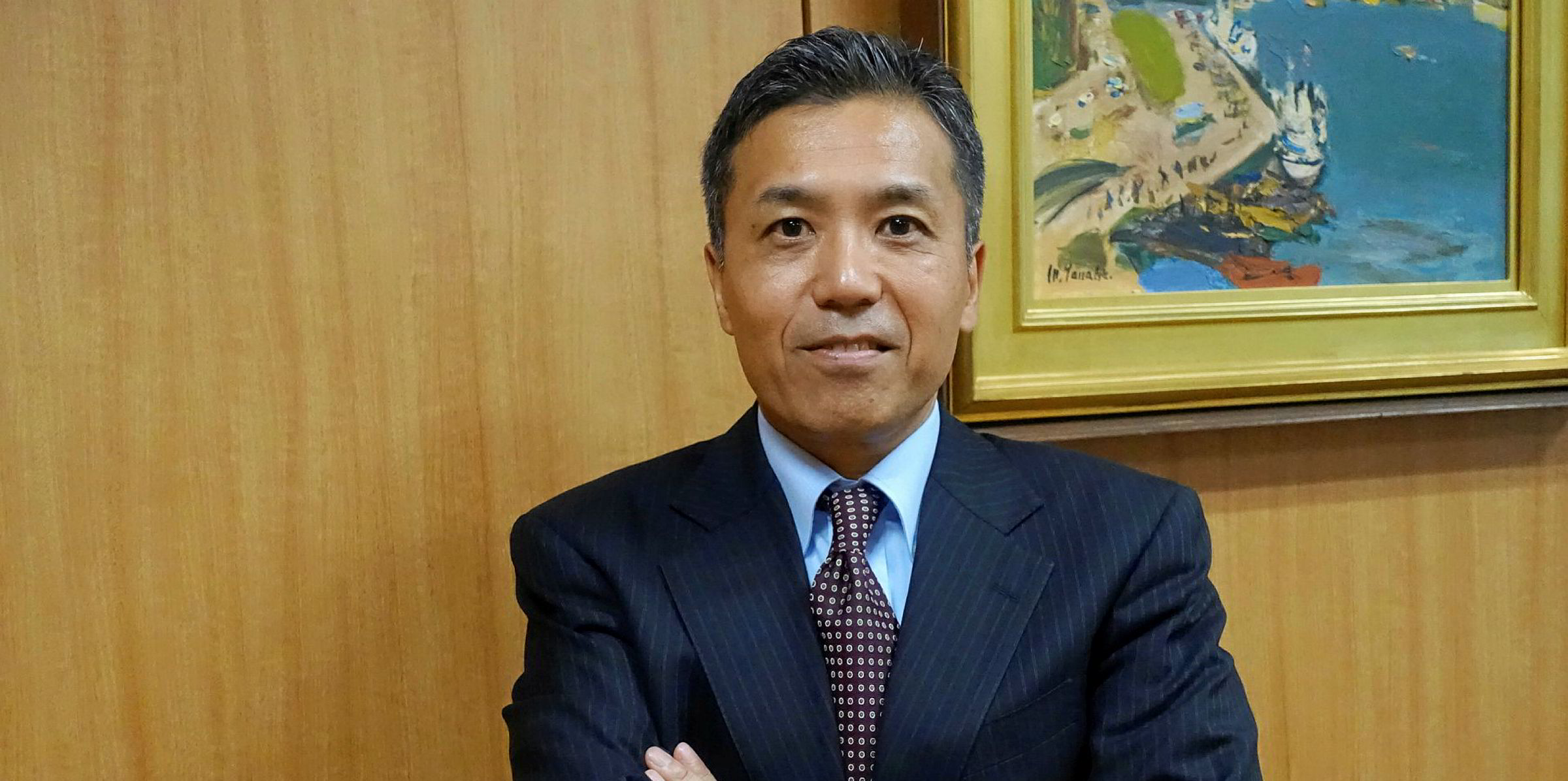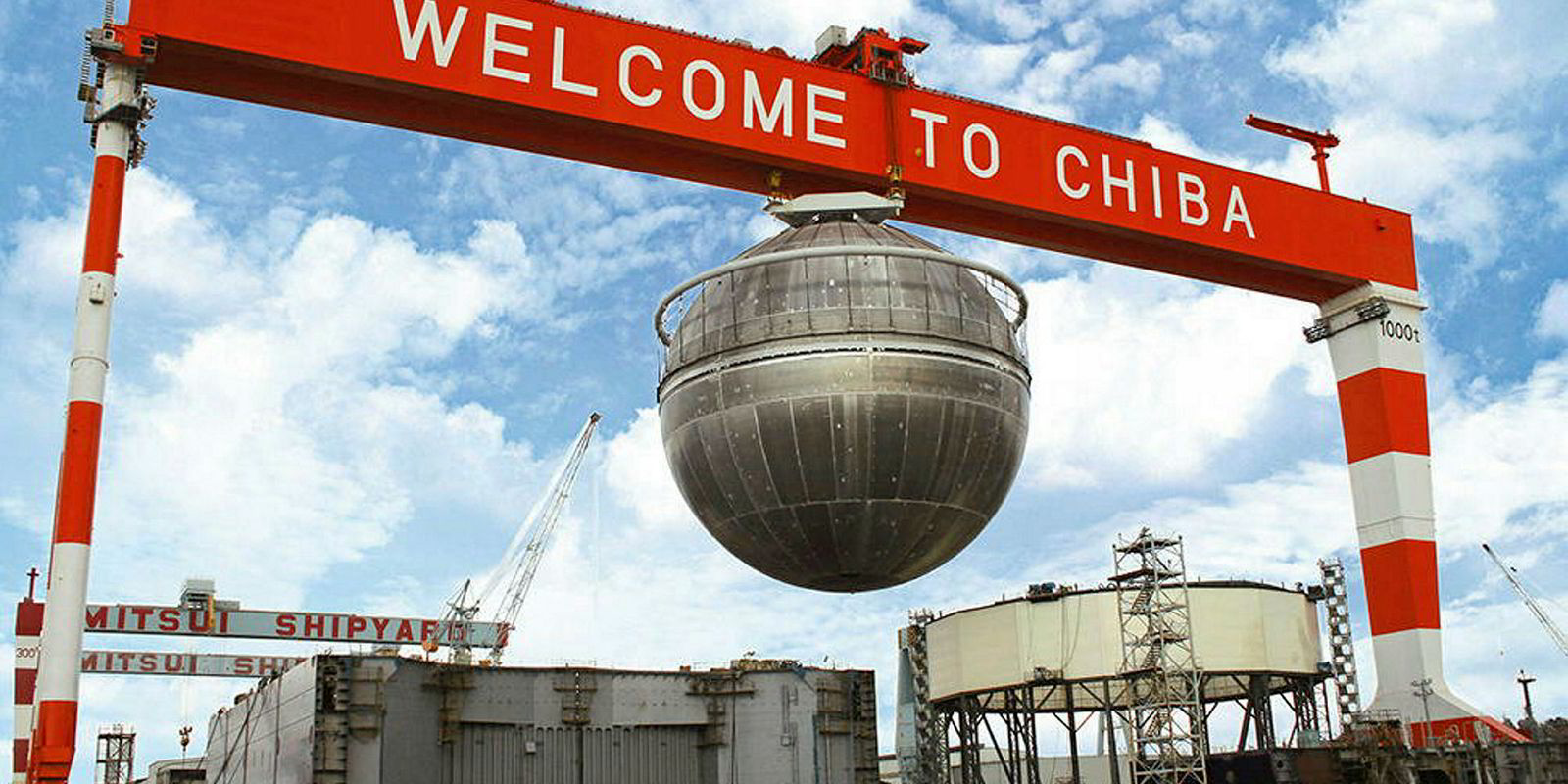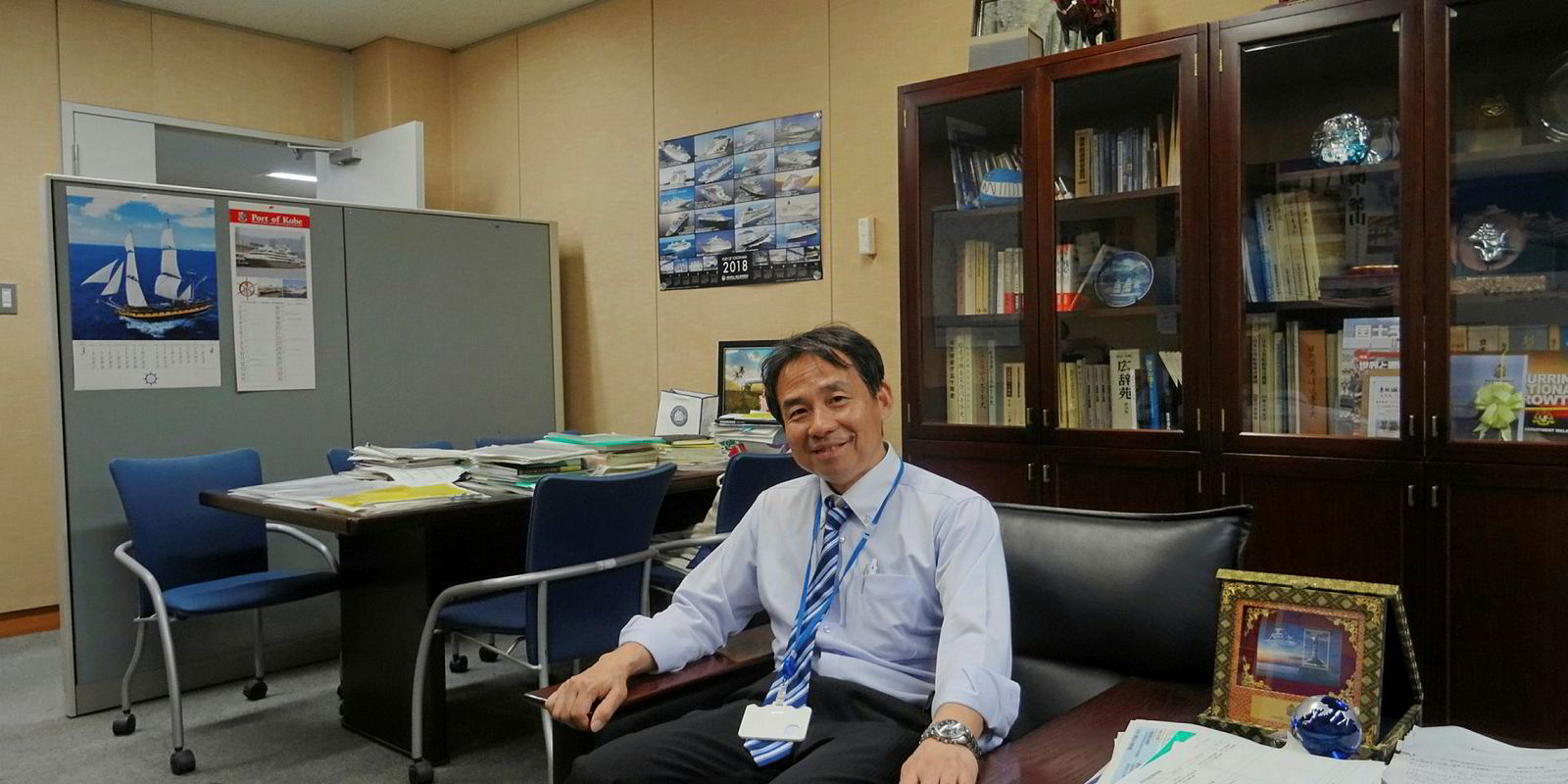Japan’s high labour costs and ageing population have led to claims that shipbuilding is a sunset industry for country.
Twenty years ago, Japan was the global leader in the sector but it has since given ground to South Korea and China, unable to compete on cost or speed of delivery.
Today, Japan’s orderbooks only account for 17% of global orders, or 27.2m gt, according to Clarksons.
The pressure on yards is palpable. Earlier this month, Japanese shipbuilder Mitsui E&S said it would be slashing production of large vessels at its main Chiba shipyard as part of a company restructuring plan that will affect 1,000 jobs.
Mitsui E&S will switch production of large vessels to its Yangzijiang Shipbuilding facility in China where operating costs are lower.
But Hideaki Saito, director of the Shipbuilding and Ship Machinery Division at the Ministry of Land, Infrastructure, Transportation and Tourism (MLIT), says shipbuilding is still important to the country — at least from the government’s point of view.
“Shipbuilding creates employment opportunities for the people in Japan, and shipyards need equipment and machinery that are produced by companies located in local areas,” Saito says. “Shipbuilding in Japan supports local employment and [the] economy.”
Saito concedes that Japanese shipbuilders are unable to compete with rival shipbuilding nations on price. But he says they can match them on technology.
Michikazu Sebe, executive managing director of the Shipbuilders’ Association of Japan, says domestic shipbuilders are at the forefront of constructing the next generation of vessels in order to meet IMO greenhouse gas reduction targets.
Pollution-free vessels
Sebe cites Oshima Shipbuilding in Nagasaki prefecture. The Sumitomo and Daizo co-owned shipyard has completed a 50-passenger, battery-powered ferry, the E Oshima, which emits zero CO2 pollution whether in motion or moored.
Compatriot Tsuneishi Facilities & Craft Co, a subsidiary of Tsuneishi Group, is also constructing a pollution-free vessel.
The Kambara family-owned shipyard was recently contracted by Belgian shipowner Compagnie Maritime Belge (CMB) to construct an 80-passenger, hydrogen-fuelled ferry for delivery in 2021.
“All the yards in Japan are pushing themselves to build ships that will meet the environmental requirements and they will fulfil these requests,” Sebe stresses.
“Some of our shipyards are already engaged in building dual-fuel ships.”
As for the tight labour market issue, shipyards in Japan are seeking to increase productivity via automation. They also hope to make use of the country’s loosened immigration policy to meet the worker shortfall.
“There are about 80,000 shipyard workers in Japan, of which one-tenth is foreigners,” Saito says.
“Japanese shipbuilders started employing foreign workers about 20 years ago but they were only allowed to work up to five years. With the change in the Japanese immigration policy in April, these foreign workers will be allowed to work up to 10 years.
Attracting talent
"Some may even be given permanent resident status if they pass a high-level test set by the government”.
To attract young Japanese to join the shipbuilding industry, MLIT is targeting students in top schools, especially ones attending institutions that offer vocational programmes.
“About 30 years ago, there were more than 20 schools in Japan that offered shipbuilding courses,” Saito says. “Three years ago, only three high schools offered shipbuilding. But today, the number has increased to six.
“The shipbuilding textbooks that schools are using are produced by MLIT. These books are also being used in shipyards.”
This article has been amended since publication to reflect that Tsuneishi Facilities & Craft Co, a subsidiary of Tsuneishi Group, is also constructing a pollution-free vessel.







